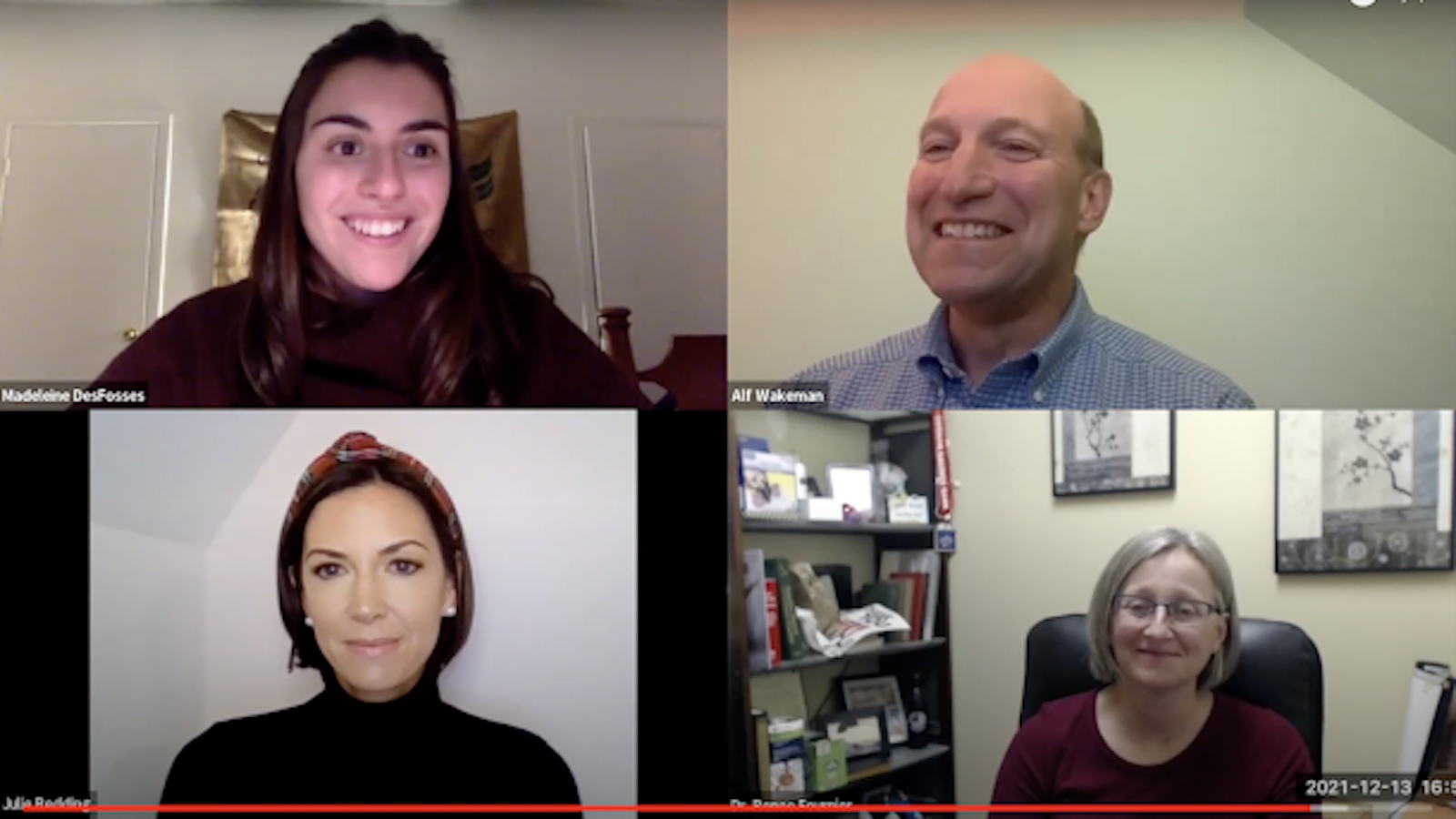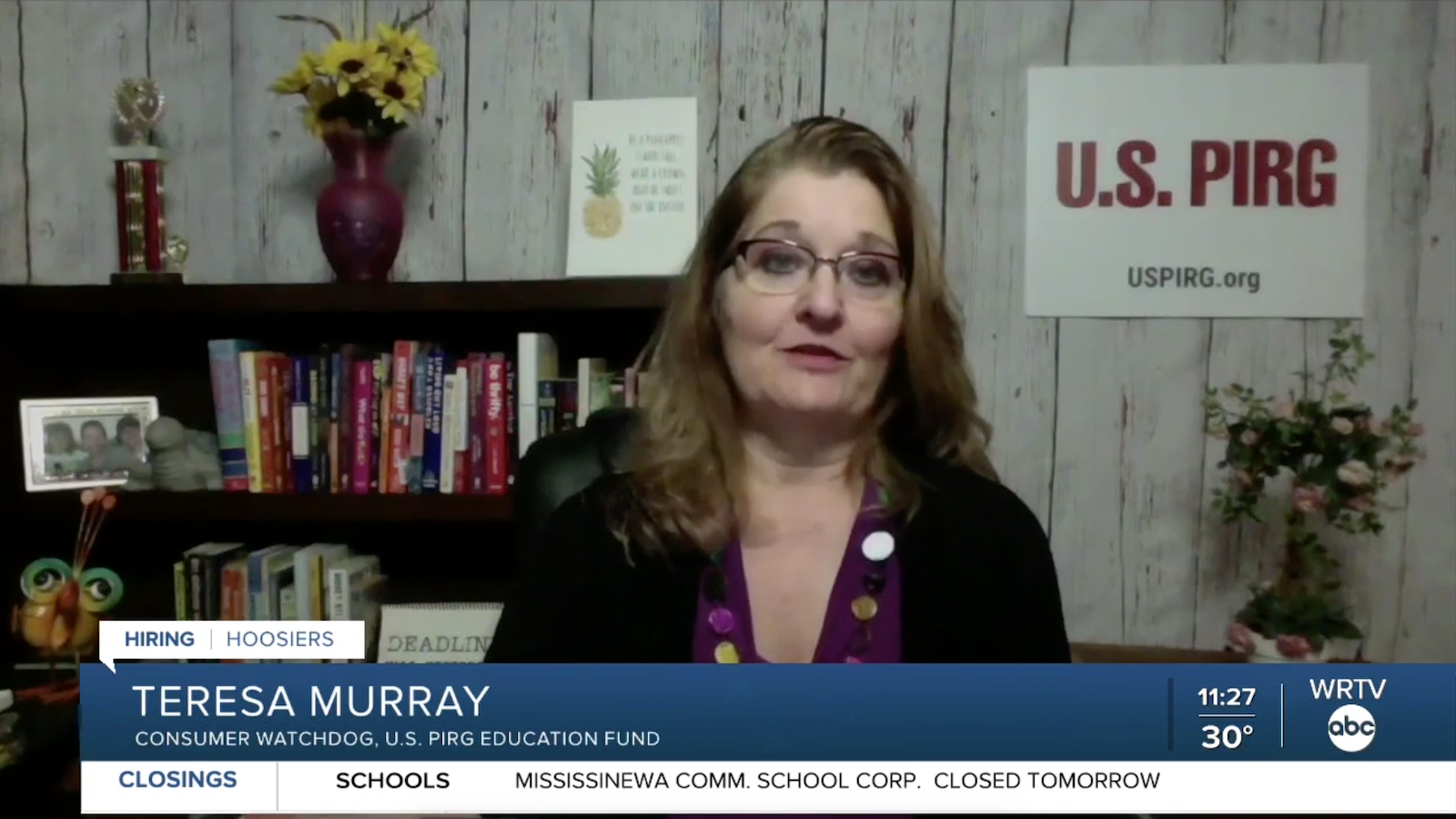Masking Up is Supported by Science – But Reopening Multnomah County is Not
Multnomah County was given approval to proceed to Phase I even though it is still failing several of Governor Brown’s requirements - a decision that is not supported by the data. However, mandatory face covering has been clearly demonstrated to reduce the spread of COVID-19 - a fact that may allow for a more rapid reopening.

Moving Multnomah County to “Phase 1” is inconsistent with both Governor Brown’s plan and CDC guidance on reopening
Governor Brown’s “Building a Safe and Strong Oregon” plan set out several benchmarks that Oregon counties would be required to meet before they would be allowed to begin reopening their economies. Multnomah County does not meet those requirements.
Hospitalizations
Oregon is fairly unusual in that its primary metric for evaluating the current spread of Sars-Cov-2 (“COVID-19”) for the purpose of reopening is heavily focused on hospitalization trends, rather than the metrics recommended by the CDC and many independent public health experts, including: case trends, cases per capita, and test positivity trend. In the original “Reopen Oregon” plan, counties would only be allowed to proceed to reopen if hospitalizations were falling at both the state and local level.
Data Source: the COVID Tracking Project, data retrieved 6/17/2020
While hospitalizations in Oregon have fallen since April, there has been a significant uptrend statewide over the last week. Over the last seven days, the number of patients currently hospitalized for COVID-related illness increased from 130 to 158, an increase of 22%. During the same period, the number of patients currently in intensive care for COVID-related illness increased from 39 to 54, an increase of 38%.
Source: Multnomah County Data released June 17, 2020.
Governor Brown’s plan also requires 14-days of declining hospital admissions in counties that have over five concurrent hospitalizations for COVID-related illness. On Wednesday, June 17th, the Oregon Health Authority asserted that Multnomah County had met this benchmark – an assertion that was withdrawn on Thursday morning due to an error in data collection.
Unfortunately, the most recent hospitalization data released by Multnomah County does not show the trend either way – since new hospitalizations are tallied on a weekly, rather than a daily, basis, making it impossible for independent analysis to verify the claims of either county or state health officials. However, the trend state-wide should have been sufficient justification for the Governor to maintain her “pause” on reopening.
Data Source: USAFacts COVID-19 Map by County and State, retrieved 6/17/2020
Contact Tracing – when Governor Brown’s framework for reopening was announced, Oregon Counties were notified that they have at least 15 staff to conduct contact tracing per 100,000 county residents before they would be approved to partially reopen their economy. For Multnomah County, which has an estimated population of 812,855, this would require 122 staff. As of May 16th, Multnomah County reports that it has 65 contact tracing staff, with an additional 35 staff available at various community organizations. An unspecified number of additional workers are being hired. However, that still leaves the County 22 staff short.
Today, the Oregon Health Authority reported that 100% of new cases were contacted within 24 hours, despite the shortfall in staffing. The state has been lenient with a number of counties in meeting this benchmark, including Deschutes and Clackamas Counties, and the system in metro areas has not been tested by a serious outbreak.
Even in some counties that have met the state benchmark for contact tracing staff, a single outbreak has been sufficient to overwhelm the public health’s capacity. In Lincoln County, which suffered the state’s second largest workplace outbreak at a Pacific Seafoods facility in Newport two weeks ago, contact tracers were only able to reach 71% of cases within 24 hours – a significant shortfall from the state’s goal of 95%. This is important because of asymptomatic contagion – the longer it takes for contact tracers to reach a new case, the longer that person could be seeding new infections in the community.
Source: OHA dashboard report for Lincoln County, retrieved on 6/17/2020
Testing and mobility data support the decision to ‘synchronize’ reopening in the tri-county region
One possible reason for the rising case numbers in Multnomah County is the “Phase 1” reopening in neighboring Washington and Clackamas Counties. This makes sense – the Portland metro area is Oregon’s most densely populated region. Over 46% of Oregonians live in just three counties: Multnomah, Clackamas, and Washington. A further 488,241 live in Clark County immediately across the river in Washington’s Vancouver metro area. While this area is split between numerous cities, four counties, and two states, it effectively functions as a single unit – people regularly live, work, and shop throughout the region. In fact, the US Federal Government treats the region as a single urban area for statistical purposes.
OSPIRG, and our national affiliate USPIRG, have been tracking COVID-19 related data nationwide. A recent OSPIRG review of county level case data found that there was a close correlation between the “Phase 1” dates of Clackamas and Washington Counties, and the upward trend in case numbers in Multnomah County.
Data Source: USAFacts COVID-19 Map by County and State, retrieved 6/17/2020
In the chart above, the red line represents the 7-day moving average of new COVID-19 cases reported in Multnomah County. The black and yellow lines represent the same metric for Clackamas and Washington Counties, respectively. The blue bars show the combined daily case counts for the all three counties, with the tri-county 7-day moving average represented by the dashed blue line.
The vertical gray lines show the dates when Clackamas and Washington counties moved to “Phase 1” reopening. Cases across the region began rising about four days after Clackamas County entered “Phase 1”, and even more sharply about four days after Washington County entered “Phase 1.” While the trend is most pronounced in Multnomah County, similar patterns are evident throughout the tri-county area when graphed separately. Cell phone mobility data released by Apple provides possible explanation for this effect.
Data Source – Apple Mobility Data, retrieved 6/14/2020.
The chart above shows mobility trends across the tri-county region, using the frequency of car navigation requests made within a county compared to a baseline number collected on January 14, 2020. This data shows that mobility increased throughout the region during the baseline period, with Washington lagging Clackamas (Blue), and Multnomah (Red) lagging Washington (Yellow). However, we can see a marked increase in Multnomah County mobility immediately after Clackamas County moved to Phase 1, and about 1 week after Washington County moved to Phase 1.
By June 14, the last date with available data, mobility had returned to baseline levels in Multnomah County, and was above the baseline in both Washington and Clackamas Counties. This is consistent with anecdotal reports of visitors from Portland flocking to restaurants in neighboring counties that reopened earlier, but is not definitive evidence of what has been driving recent spread. It should also be noted that one reason why these figures have moved above the January baseline for some areas is due to reduced use of public transportation, which Apple data tracks at a city level. Data for Portland shows that transit mobility fell by 70% in late March, and is still 60% below the January baseline.
This data shows that some metro residents are moving more and engaging in more social interactions, without regard for what “Phase” of reopening their area is in. While the difference between these three counties shows that current public health directives have some effect on individual behavior, the data suggests that reopenings in neighboring counties resulted in lower “stay-home” compliance in Multnomah County. The data strongly supports Governor Brown’s decision to treat the tri-county area, and other metro areas in Oregon, as single units.
Research suggests that mandating face coverings is incredibly effective at stopping the spread of COVID-19
Governor Brown also announced on Wednesday that the residents of seven Oregon counties would be required to wear cloth or disposable face coverings in indoor public spaces. This is supported by a growing body of scientific research. A paper released this week by Health Affairs analyzing the effect of mandatory face-covering directives in US jurisdictions found that between 230,000 and 450,000 COVID-19 infections were likely averted by mandating masks in public.
Source – Multnomah County.
While Governor Brown’s mask order covers most of the metro regions in Oregon, it treats rural counties inconsistently. Some rural Counties that have suffered recent outbreaks are included, such as Lincoln and Hood River, while Union County is excluded despite suffering the state’s worst outbreak to date. Union County health officials told OPB news that the rising case numbers in the La Grande area were associated with community spread, contradicting state public health claims that the outbreak was largely contained to members of a single church that had conducted mass gatherings in violation of public health directives.
However, the counties targeted are not the only places where cases have been rising. Over the last two weeks, Columbia, Jackson, Jefferson, Klamath, Morrow, Umatilla, Wasco, and Yamhill Counties have seen either sustained or intermittent case growth. The trend in Umatilla County is particularly worrisome.
Data Source: USAFacts COVID-19 Map by County and State.
A consistent application of the current research on COVID-19 suggests that a state-wide face-covering mandate could not only slow current outbreaks, but also prevent future outbreaks.
Oregon’s COVID-19 response is improving – let’s make it even better
OSPIRG is recommending that the state take the following actions to improve implementation of the “Building a Safe and Strong Oregon” framework:
-
Stick with the plan or be upfront about changes: as discussed above, moving Multnomah County to Phase 1 is inconsistent with the standards originally announced by the governor for phased reopening. OSPIRG is calling on the state to either stick with the original plan, or clearly state when and why the plan has been changed.
-
Show the math: the secrecy around hospitalization numbers undermines public confidence in the decision to move counties into new phases of reopening, especially given the weight it has been given in Oregon’s decision making. The state should release weekly numbers for counties with more than 5 current hospitalizations to support its calculation of hospitalization trends.
-
Expanded Mask Requirements: given how strong the research on mask usage is, it doesn’t make sense to limit the requirement to a handful of counties. Mandatory face covering in public indoor spaces should be expanded to cover all metropolitan areas in the state.
-
Release data in advance of new decisions: since much of the data the state uses is only released on a weekly basis on Thursday, state decisions regarding the reopening process are frequently made with less than 24 hours available for third parties to evaluate health metrics, and this week, the new decision was made before the release of the data supporting it. It would vastly improve public confidence in the decision making process if health metric data was released more frequently, or at minimum at least 2 days in advance of any new policy announcements.
OSPIRG spoke out early in support of Governor Brown’s cautious, science driven reopening plan. We also supported the decision last week to “pause” reopening as worrisome trends began to emerge in testing and hospitalization data. We learn more about the novel coronavirus every day, and as we learn, we can improve our response – mandating face coverings and treating the metro area as a single unit are prime examples of this.
However, the lack of transparency around many key health metrics undermines confidence in the state’s decision making. That’s why OSPIRG is calling for real accountability in the implementation of the “Building a Safe and Strong Oregon” framework, by releasing the data that supports further relaxation of public health measures before the decision is made.
Topics
Authors
Numi Lee Griffith
Find Out More

PIRG, health professionals combat COVID-19 misinformation

Federal vaccine mandate for nursing homes will save lives

The costs of the digital divide are higher than ever. Repair can help.

